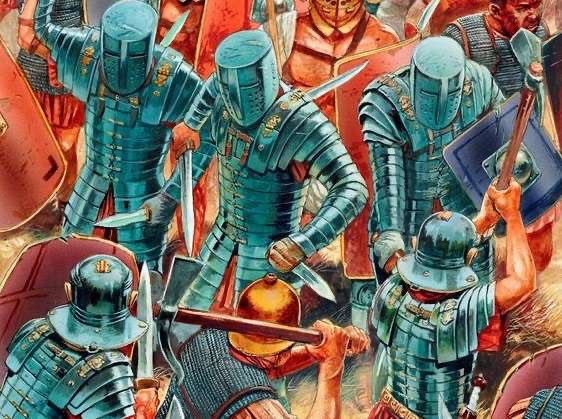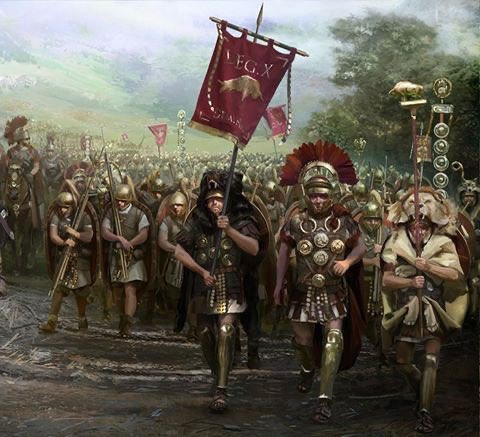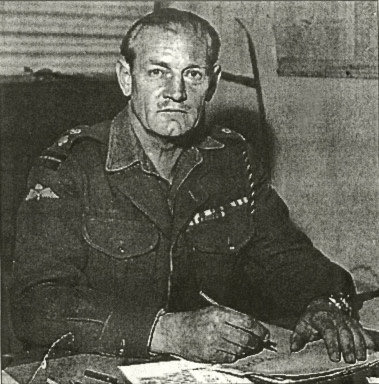- Legionaries VS Iron-men 🧵 -
In 21 AC under the reign of Tiberius the Roman had to fight an enemy they had never seen, an enemy seemingly invulnerable to their attacks (1/8) #svagaiature #SPQR #Roma #Rome @SNicotinus #History #Historia #Trivia
In 21 AC under the reign of Tiberius the Roman had to fight an enemy they had never seen, an enemy seemingly invulnerable to their attacks (1/8) #svagaiature #SPQR #Roma #Rome @SNicotinus #History #Historia #Trivia

In Gallia Belgica e Gallia Lugdunenese, due to the heavy taxation, a
rebellion was burst, lead by Julius Floro and Sacroviro two Gaul noblemen that served in the Roman auxiliary army as officers (2/8)
rebellion was burst, lead by Julius Floro and Sacroviro two Gaul noblemen that served in the Roman auxiliary army as officers (2/8)

While legions moved to the area, the rebels had time to pillage some cities and villages while freeing some new allies. Between them, from a gladiators’ school, they freed a great number of “crupellari” (3/8)
The crupellari where a particular kind of gladiators typical of those region that were renown for fighting in a complete suit of armour made of iron. They weren’t the fastest or most agile of the gladiators but definitely the best protected (4/8) 

The chosen legion to put an end to the rebellion where the XIII Gemina and the XIV Gemina. The two armies met near the city of Augustodunum, 11.000 Romans vs. 40.000 rebels. At the center of the rebel army: the crupellari, looking like a solid wall of iron (5/8) 

The battle started and the pila and the gladii of the Romans were blocked by the armours of the crupellari. Legionaries kept looking for a weak spot in their armour but they seemed invulnerable (6/8)
At some point the Roman were trying everything they had when someone took out from a supply wagon one of the pickaxes that the legionaries used to build roads, dig ditches or cut trees and started hitting the crupellari with it till it went trough the armour (7/8) 

Seeing it worked more pickaxes were brought to the first line and the crupellari started falling under the hits. Once they were gone, the rest of the rebels were easy prey for the legionaries and the battle was quickly won (8/8)
• • •
Missing some Tweet in this thread? You can try to
force a refresh















